7 Mind-Blowing Projects Where Art Meets Technology
Fine art and science have been closely intertwined since antiquity, which is proven by all-around geniuses like Leonardo da Vinci, whose work blurred...
Guest Author 14 October 2025
17 international contemporary artists offer their personal interpretations of the powerful Ancient Greek myth of Medea, showcasing the themes of betrayal, revenge, and the destructive effects of love. Curated by acclaimed Italian art critic Demetrio Paparoni, the exhibition “Medea” is open to the public and runs until September 30, 2023.
One of the most complex and controversial female figures in Greek mythology, Medea is known as a powerful sorceress, feminine seductress, and seasoned practitioner of magic. She was the daughter of the King Aeetes of Colchis and the wife of the mythical hero Jason. When Medea met Jason, he had recently arrived in Colchis to obtain the Golden Fleece. Upon falling in love with Jason, Medea promised him that she would aid him on his quest. After sailing away with the fleece, Medea and Jason fled to Corinth, where they settled and began their family. However, it wasn’t long before Jason abandoned Medea and married Glauce, daughter of Creon. This enraged Medea, pushing her to the brink of insanity. As an act of revenge, she made the infamous decision to kill the two sons she shared with Jason—the infanticide with which her name is intrinsically linked.
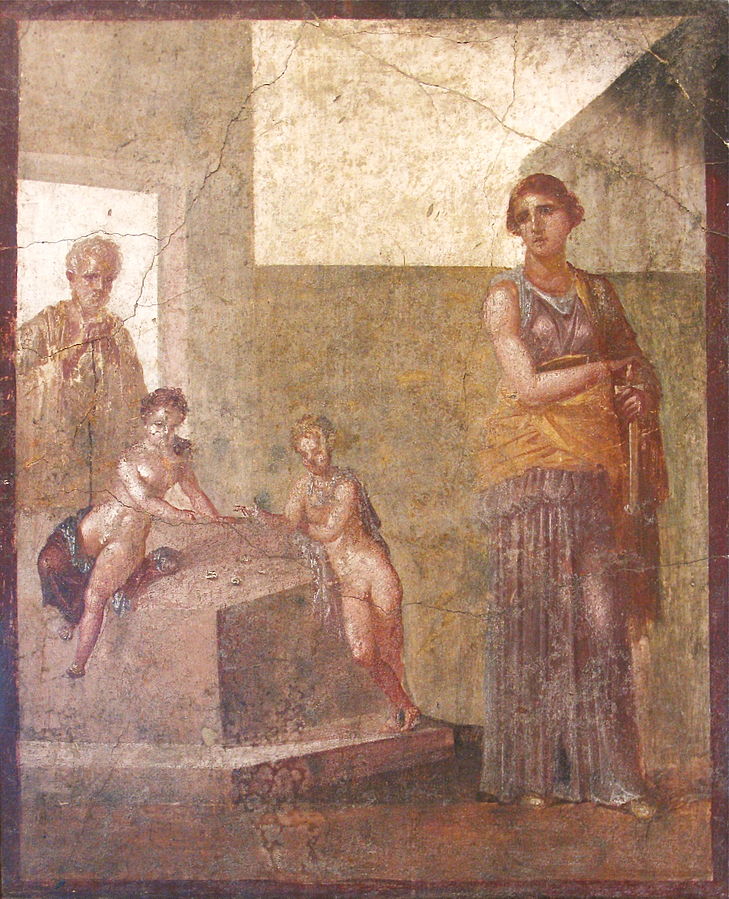
Medea, c. 62 – 79 CE, Naples National Archaeological Museum, Napoli, Italy, Photograph Olivierw via Wikimedia Commons (public domain).
In Medea, we find universal and relevant themes: in addition to the betrayal of one’s family and homeland, there’s vendetta and violence, the clash between pragmatism and sentiment, destructive love, exile, the status of being a foreigner, and gender equality.
Medea, The Catalogue
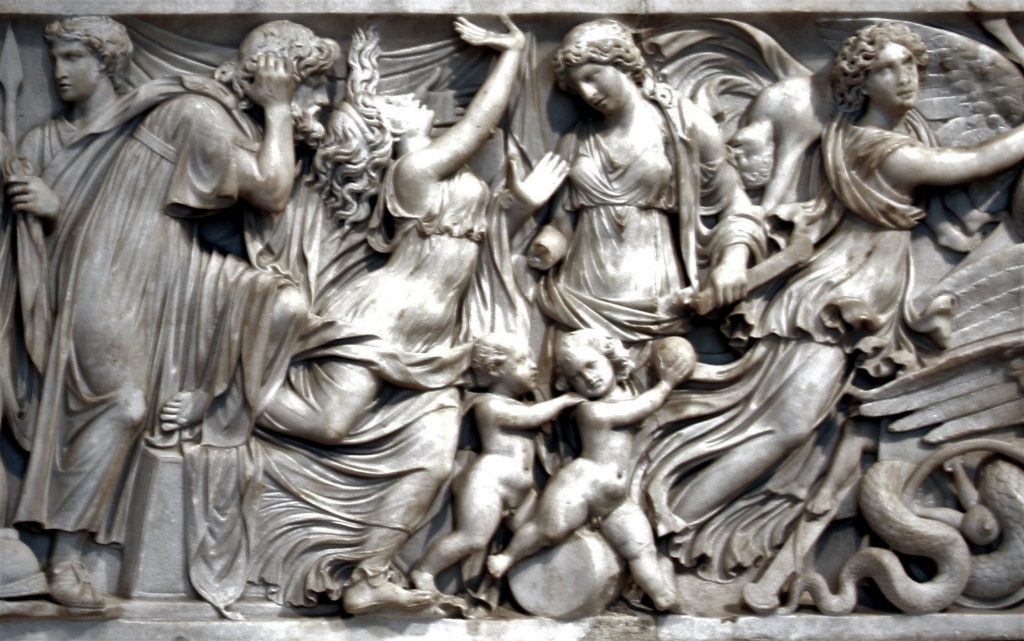
Medea Sarcophagus, 140-150 CE, Altes Museum, Berlin, Germany. The Metropolitan Opera.
The ancient Greek tragedy of Medea was written by Euripides and first produced in 431 BCE. Throughout the history of art, the seductive sorceress has been revisited by countless artists, from Delacroix to Cézanne. Some artists focused on the infamous scene of infanticide, while others preferred to undertake an exploration of Medea, the woman.
There is an inextricable connection between Syracuse and mythology. The city’s Greek origins can be appreciated in every aspect of our territory.
Medea, The Catalogue
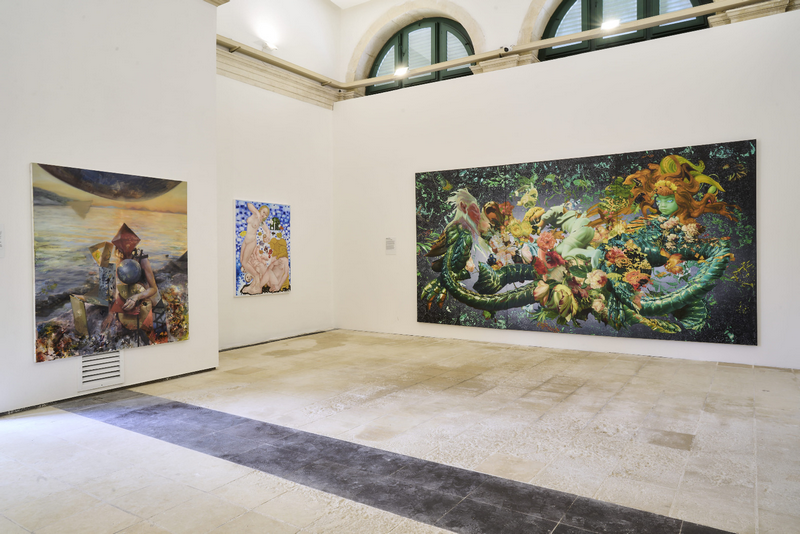
Medea Exhibition. Siracuse, Sicily, Italy, Culturalia.
This exhibition features seventeen contemporary interpretations of the Greek myth of Medea, displayed throughout the Ancient Market of Syracuse in Ortygia. The artworks were created specifically for this exhibition by a range of artists, both established and emerging. The international lineup includes Margaux Bricler, Chiara Calore, Cian Dayrit, Helgi Thorgils Fridjónsson, Francesco De Grandi, Ruprecht von Kaufmann, Rusudan Khizanishvili, Sverre Malling, Rafael Megall, Ruben Pang, Vera Portatadino, Daniel Pitin, Nazzarena Poli Maramotti, Nicola Samorì, Natee Utarit, Wang Guangyi and Yue Minjun. These artists come face-to-face with the powerful and controversial character of Medea, as well as the many interpretations of the Greek myth throughout the history of art. Perhaps more than anything else, this exhibition demonstrates how the themes of betrayal, revenge, and the destructive effects of love are as contemporary today as they were in the times of Euripides.

Nazzarena Poli Maramotti, Pensive Medea, 2023. Culturalia.
Italian artist Nazzarena Poli Maramotti depicts a Medea lost in thought. Is she contemplating her impending infanticide, or reflecting on a murder already carried out? While strikingly modern, Maramotti’s work draws inspiration from an 18th-century painting attributed to the workshop of Italian Rococo painter Corrado Giaquinto. We can barely make out the figure of Medea amidst a foggy array of brushstrokes and dried paint. We identify the sorceress by her hand, foot, and protruding dagger, which forms what seems to be the pyramidal structure of countless representations of the Madonna and child throughout history. Maramotti’s composition accentuates the depth and complexity of Medea while paying homage to artistic tradition.
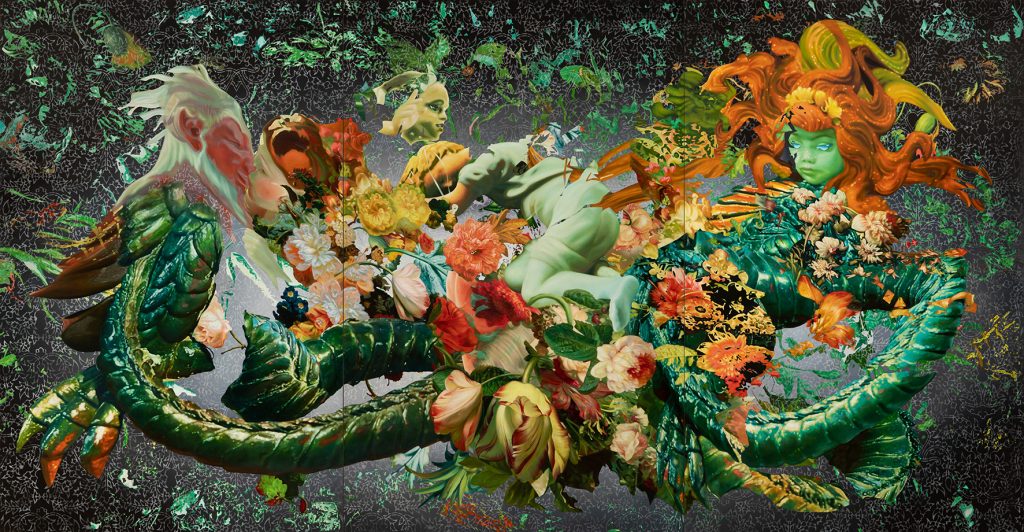
Rafael Megall, Medea and Jason in my Blossoming Garden, 2023. Culturalia.
Born and raised in Armenia, Rafael Megall creates paintings and sculptures that are imbued with symbols of his cultural heritage. His large-scale triptych for the Medea exhibition is vibrant, alluring, and strikingly reminiscent of a digital image. Medea, on the right, watches Jason kiss Glauce on the opposite end of the painting, in a sort of sadistic tug of war. In the center, her two sons fall to pieces like porcelain. Standing before Megall’s painting, it is as if we enter a different ecosystem. Medea is a lurking danger — a threat that hides amidst the lush nature of a blossoming garden.
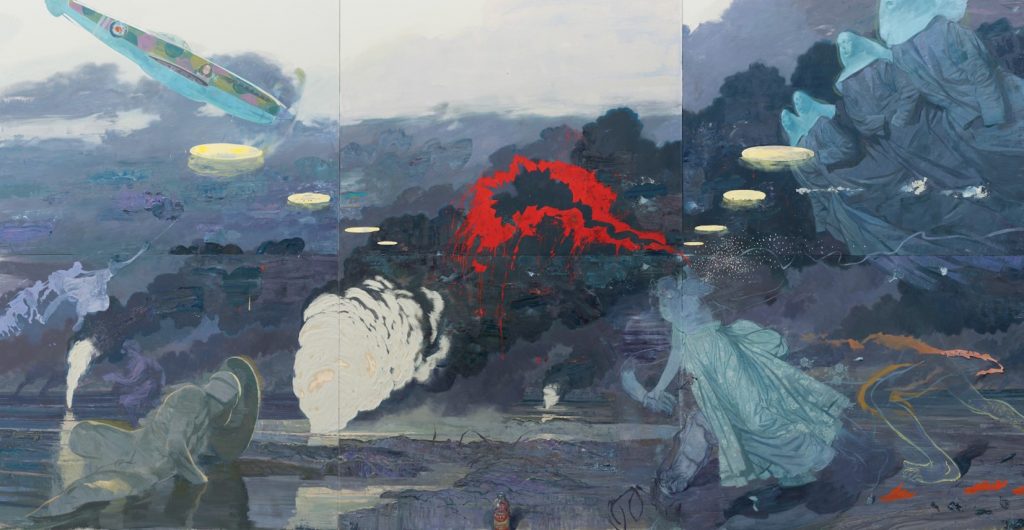
Ruprecht von Kaufmann, Medeas Erben, 2023. Culturalia.
German artist Ruprecht von Kaufmann taps into the universal experiences that keep Greek mythology current and applicable. In his work for this exhibition, Medeas Erben, von Kaufmann does not present a portrait of Medea. Instead, he focuses on the sentiment of hate and its ensuing revenge, turning to recent events in history. In fact, serving as the backdrop of his six-panel painting are the burning oil fields of the second Gulf War. The numerous elements in von Kaufmann’s composition appear disconnected, defying the laws of nature, and yet, they are interwoven by the common themes of loss and destruction—the crux of Medea’s story.
This exhibition was made possible thanks to cultural collaborations with the National Institute of Ancient Drama (INDA), the City of Syracuse, curator Demetrio Paparoni, Aditus, and Skira Editore.
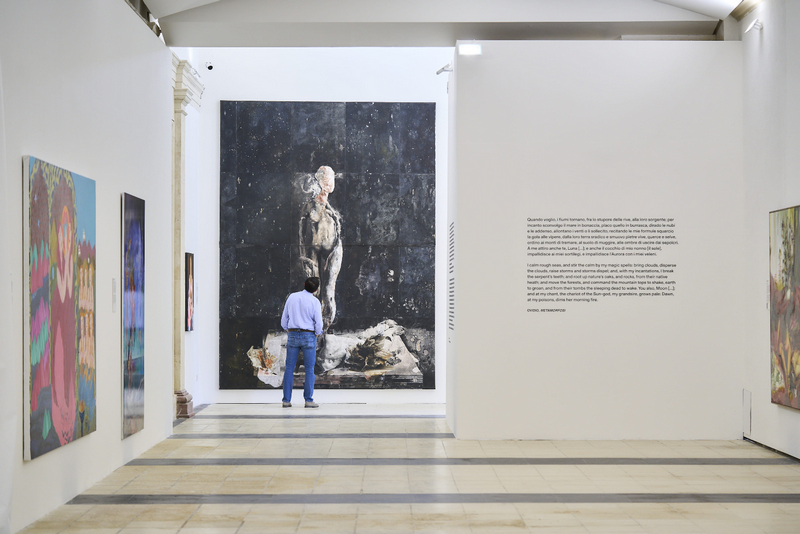
Medea Exhibition. Siracuse, Sicily. Culturalia.
Website: Aditus | Medea a Siracusa (aditusculture.com)
Entrance: Free to all visitors
Location: Via Trento 2, 96100 – Siracusa (SR) Italy
Date: Now through September 30, 2023
Hours: Monday – Sunday 11 am – 8 pm
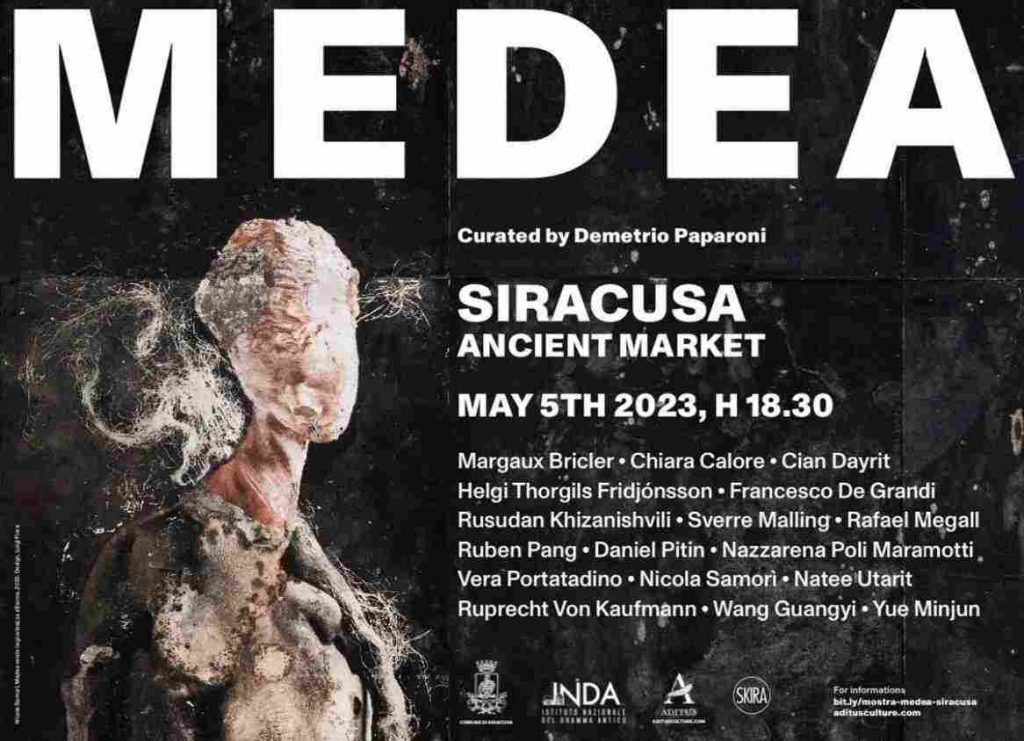
DailyArt Magazine needs your support. Every contribution, however big or small, is very valuable for our future. Thanks to it, we will be able to sustain and grow the Magazine. Thank you for your help!